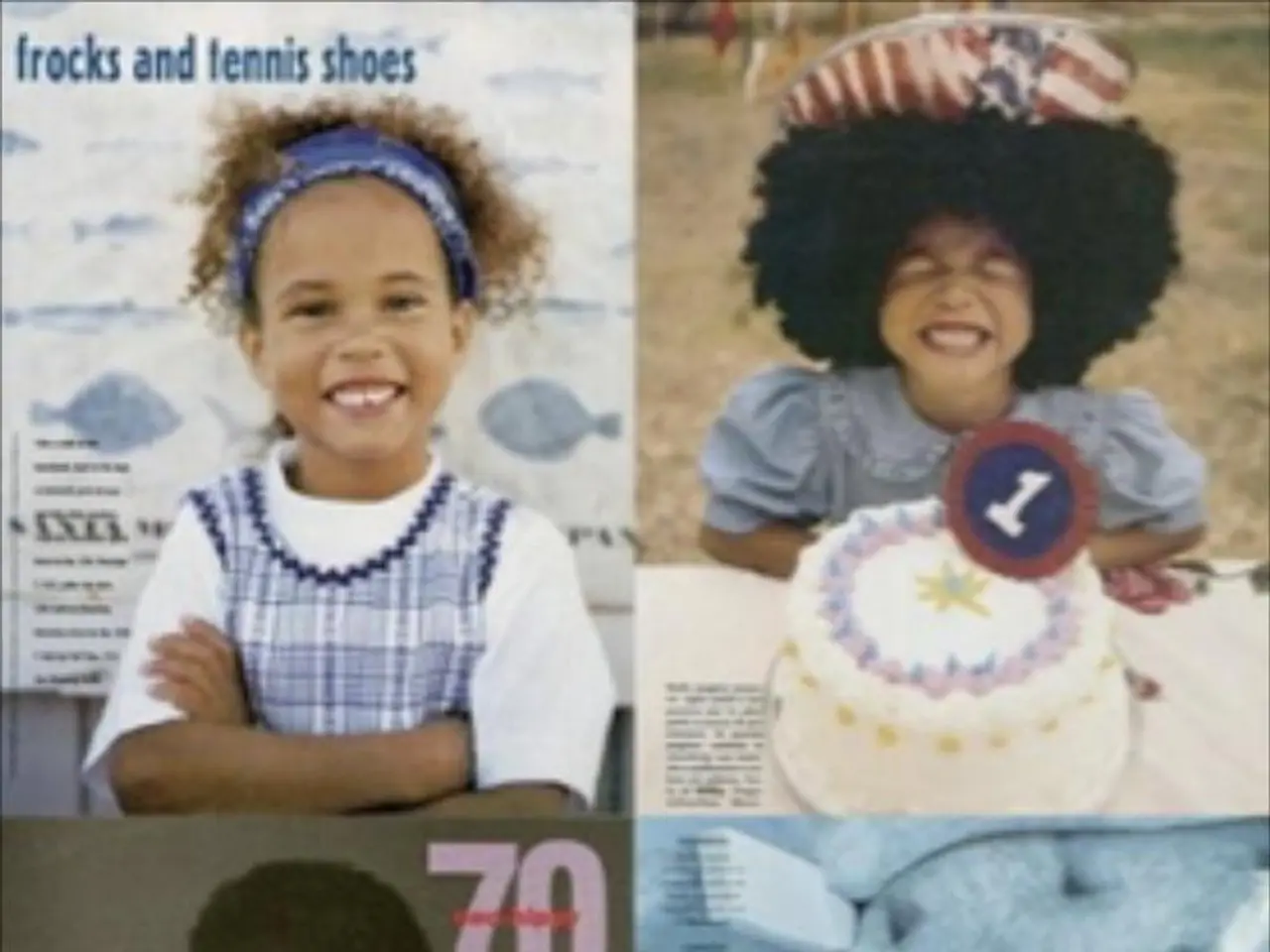Generational Mourning Through Cultural Lenses - Exploring the Way Communities Carry Grief Spanning Generations
Cultural trauma, a phenomenon that stirs grief and heavy emotions within a group of people, can extend far beyond the initial event, often affecting generations to come. This concept, first proposed by Jeffery C Alexander, suggests that people associate grief and intense emotions with past events that hold cultural significance.
The Role of Society and Cultural Transmission
Society plays a significant role in the transmission of cultural grief and trauma. Through family, peers, religion, background, culture, and more, people collectively remember something, a phenomenon known as 'collective memory'. This shared remembrance can perpetuate trauma and grief, especially when coupled with a strong identification with a traumatized culture or community.
Cultural transmission occurs through collective narratives, rituals, education, media, and symbolic practices such as grief rituals. Identification with a community deeply affected by trauma, even without direct ancestral experience, can cause individuals to experience trauma-related symptoms. Rituals and remembrance ceremonies serve as vehicles for processing grief collectively and maintaining a shared memory.
Biological, Psychological, and Familial Mechanisms
The transmission of cultural trauma and grief is multi-layered, with biological, psychological, and familial mechanisms at play. Epigenetics, the study of changes in organisms caused by modification of gene expression rather than alteration of the genetic code itself, plays a critical role. Trauma can cause changes in gene expression related to stress response, and these epigenetic modifications can be passed to offspring, influencing their emotional and physiological reactions to stress.
Prenatal exposure to maternal stress can also affect the developing fetus, potentially predisposing descendants to heightened stress sensitivity. Family dynamics are significantly impacted by trauma, leading to behavioral patterns like emotional distance, difficulty expressing feelings, or rigid family rules that persist unconsciously across generations.
Contributing Factors Affecting Transmission
The strength of identification with the traumatized culture or community amplifies transmission effects beyond family lines. Cumulative emotional wounding coupled with the normalization of destructive behaviors within family or cultural norms enhances trauma perpetuation. Parents' inability to cope with their own trauma and resulting behaviors affect children’s development and coping strategies.
Societal and environmental contexts, including political histories and contemporary stressors, influence how trauma legacy manifests in identity and relationships in even distant generations.
Healing and Resilience
A deeper understanding of the cultural issue at hand, followed by techniques like CBT, group therapy, and community support, can help ease these feelings and promote healing. The narratives or resilience narratives built around events contribute to how we perceive them and the beliefs we hold, and subsequently, the grief and trauma that follow.
In conclusion, the intergenerational transmission of cultural trauma and grief is a complex process that involves biological, psychological, and cultural mechanisms. Epigenetic changes, family interactions, cultural narratives, and social identifications play major roles in perpetuating trauma and grief across generations. Grief rituals and collective memory act as mediating practices helping communities process and sometimes transform these inherited wounds.







